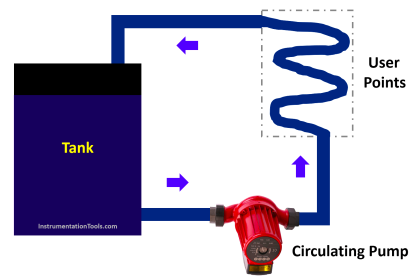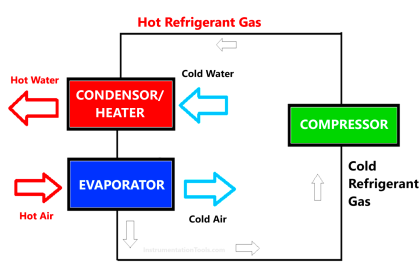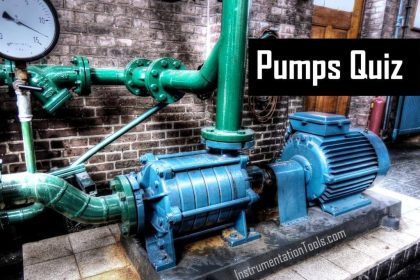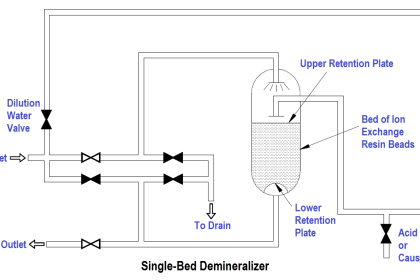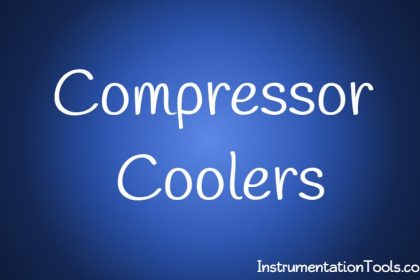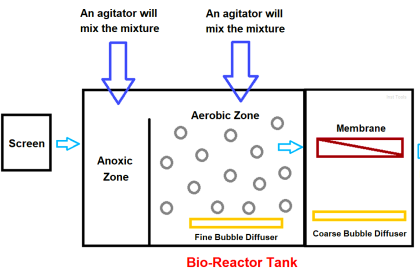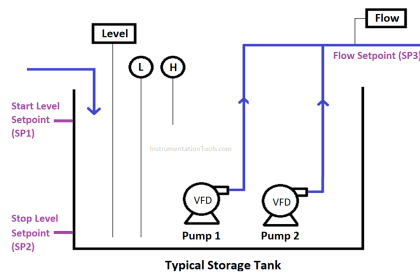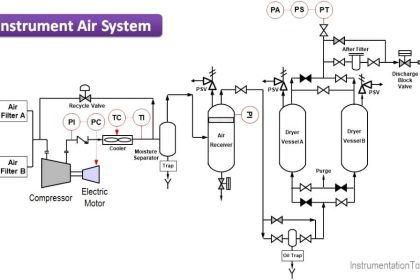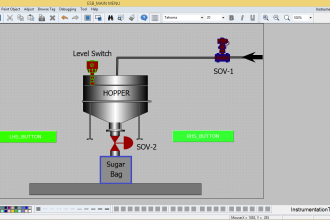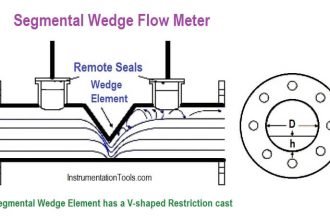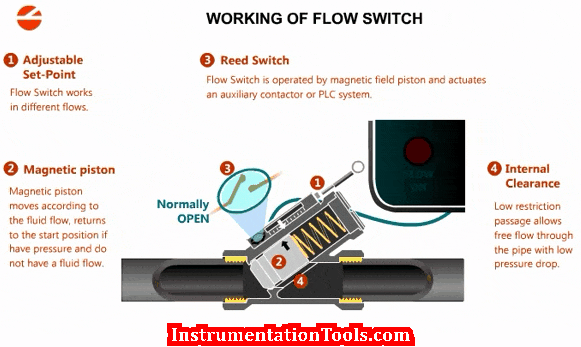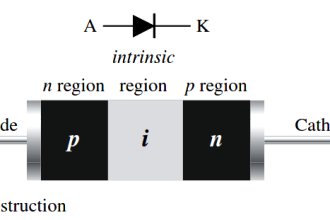When you use pumps in an application, there are two major types of control in it. Control in the sense refers here to a set of two pumps for example.
In the first type, both pumps will run and in the second type, only one pump will run. These are the most commonly used types of controls for pumps and other types of motors. When we come to the second type of control, it is easier to operate the pumps. This type of control is also called pump redundancy control.
In this post, we will learn the concept of pump redundancy.
What is Pump Redundancy?
In industrial automation, you have many applications where a set of two pumps are present. Refer to the below image for understanding the concept. As you can see, two pumps are connected to the tank, but the output of the pump is a common discharge line.
Now, with this construction, you can have the two types of controls as discussed earlier. Let us understand the second type of control now for the redundancy of the pumps.
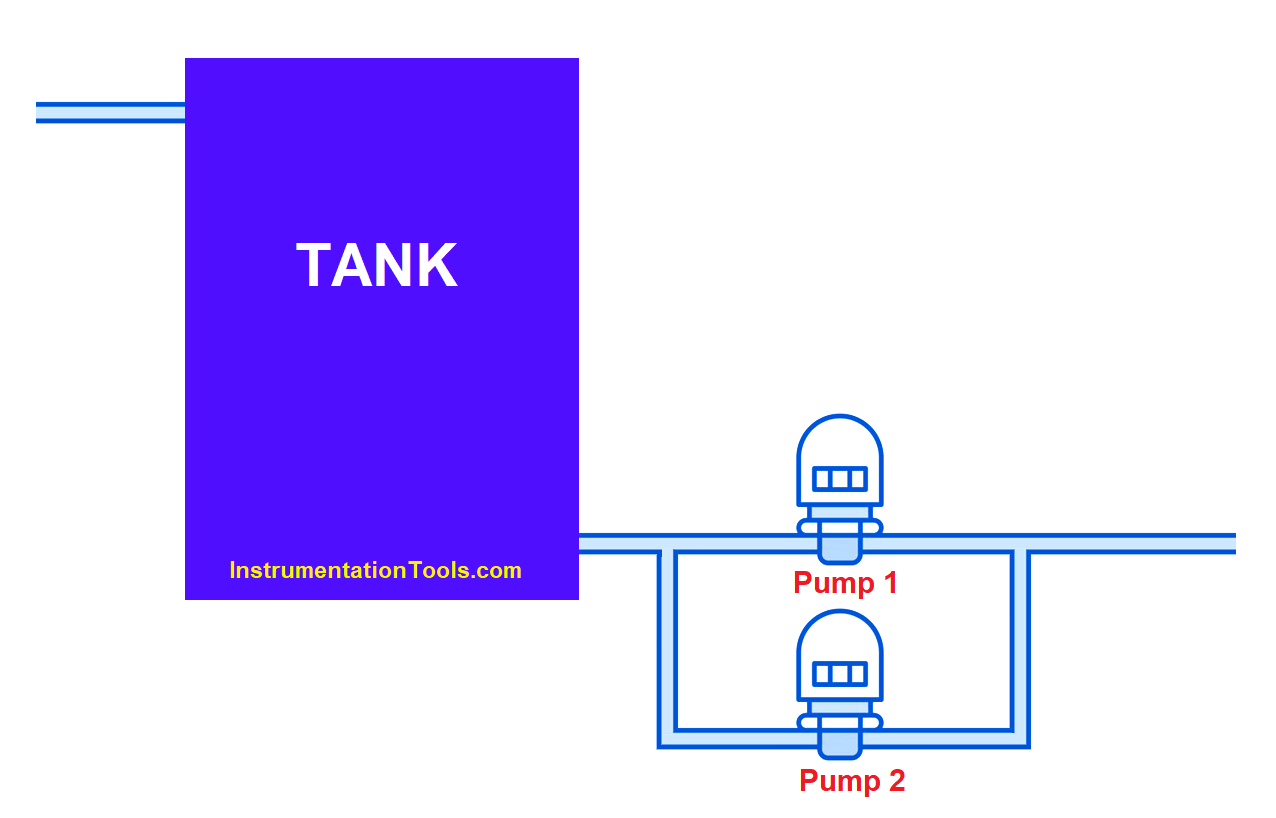
The outlet will normally have a pressure or flow transmitter connected. This will be used to regulate the flow of liquid from the pump. If you designed the system in such a way that only one pump will fulfill the demands, then this technique of redundancy will be required to run the system.
Pump redundancy is a system where only one pump works at a time, which is called a working pump. There may be 2 or more pumps. When the pump trips or if its working hours are achieved, then the standby pump will start. Due to this method, only one pump will thus run at a time and fulfill the demands of the user.
Pump Redundancy Methods
In pump redundancy, there are various controls to select the working or standby pump. The first one is manual selection. Suppose you want to run pump-2. Then, the operator will manually select the pump-2 in system off condition first. When selected, the user will start the system. Once started, pump-2 will thus run and achieve the pressure or flow demands.
The second condition to select a pump is by working hours. Continuing with the above example, suppose pump-2 is running in the system. Now, you have set a time of 8 hours for each pump to run. If pump-2 is running continuously for 8 hours, then pump-2 will stop and after a small delay, pump-1 will start running. Then, the cycle will repeat for pump-1; which will also check it for 8 hours.
The third condition for selecting a pump is by checking the trip conditions. Continuing with the above example, suppose pump-1 is running in the system. Now, if pump-1 trips during the running conditions, then pump-1 will stop, and after a small delay, pump-2 will start running. Then, the cycle will repeat for pump-2; which will also check it for any trip condition.
These are the three methods through which pump redundancy works. You can thus work with only one pump with full automation control. This way, you can achieve energy efficiency, motor working balance, and lifetime improvement in devices.
If you liked this article, then please subscribe to our YouTube Channel for Instrumentation, Electrical, PLC, and SCADA video tutorials.
You can also follow us on Facebook and Twitter to receive daily updates.
Read Next:
- Cybersecurity in PLC
- Actuator Sensor Interface
- PLC, HMI, VFD, and Motor
- Virtual Reality in Automation
- Car Wash Logic using PLC
